Demonstrating Electrostatics

Prerequisites Required- None
Today, we set out to demonstrate one of mankind's first experiences with electricity; electrostatics. If you've ever observed your hair behaves strangely after it's been rubbed by a balloon, you've experienced electrostatics.
This demonstration requires some fur, silk, two glass rods, some string, and a stand to hold one of the rods.
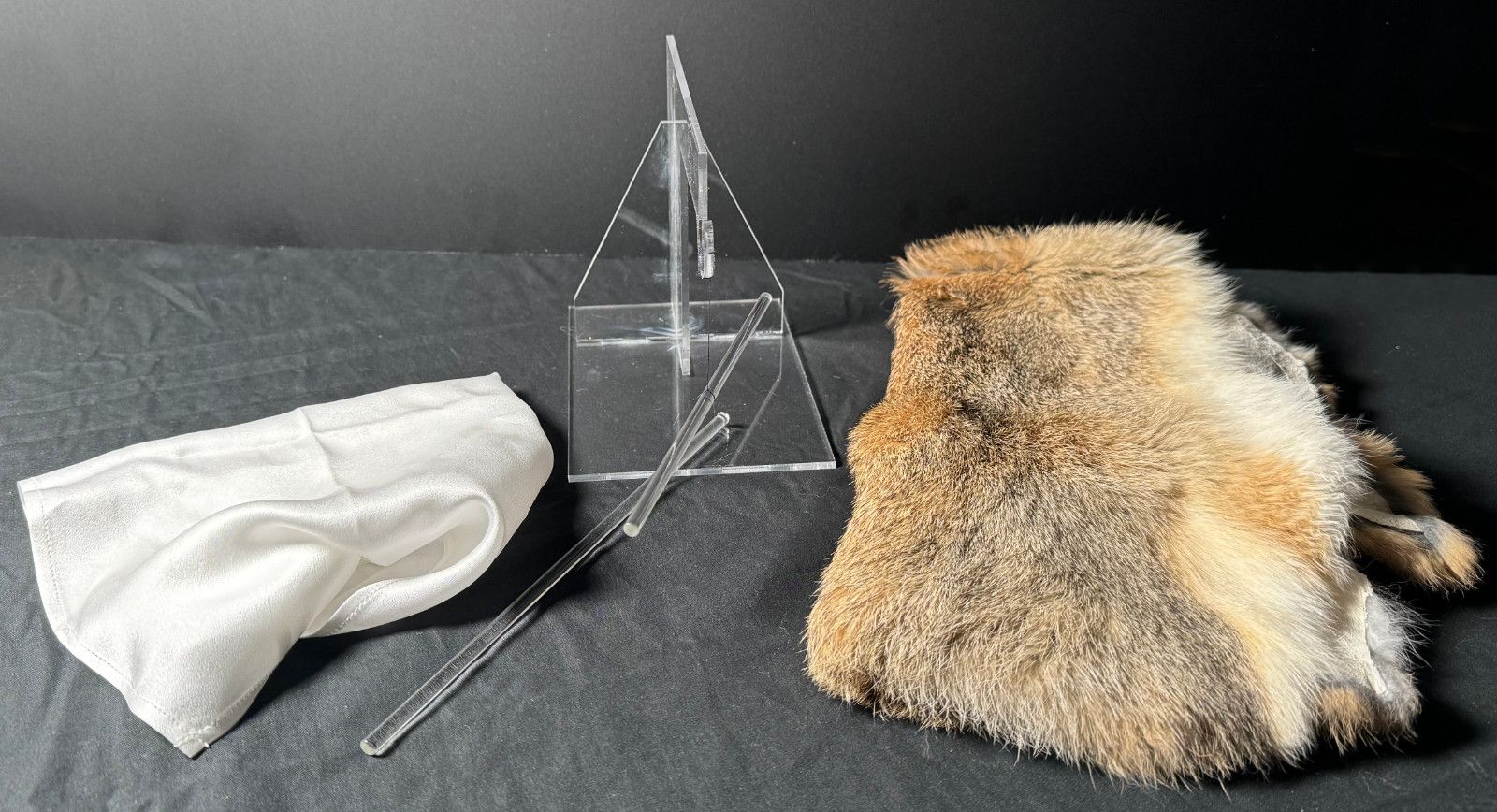
The fur, silk, and glass rods can be easily purchased online. The stand was laser cut from clear acrylic but could be 3D printed, made using a building set, or otherwise improvised. The stand model is available here: Rod Stand
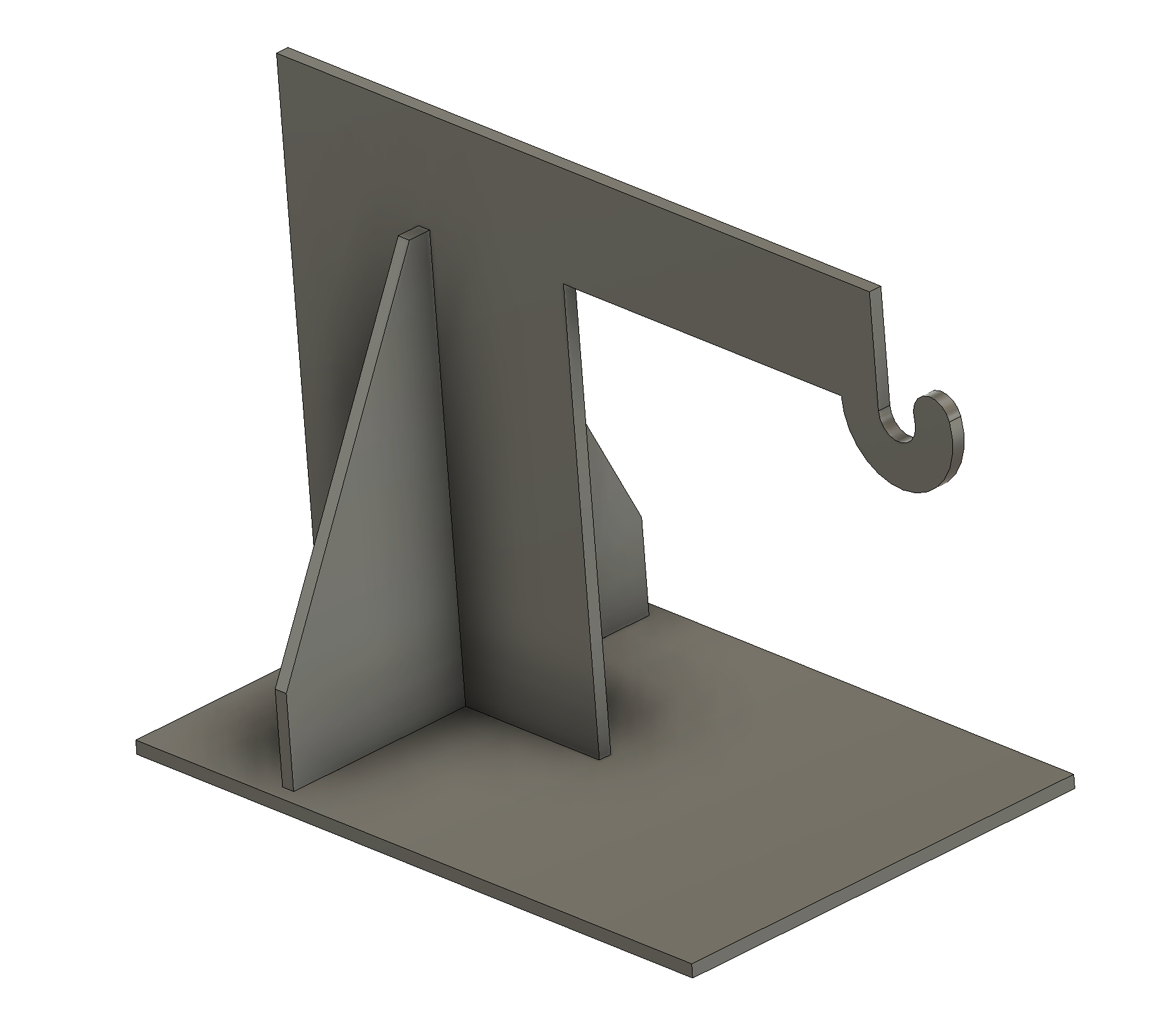
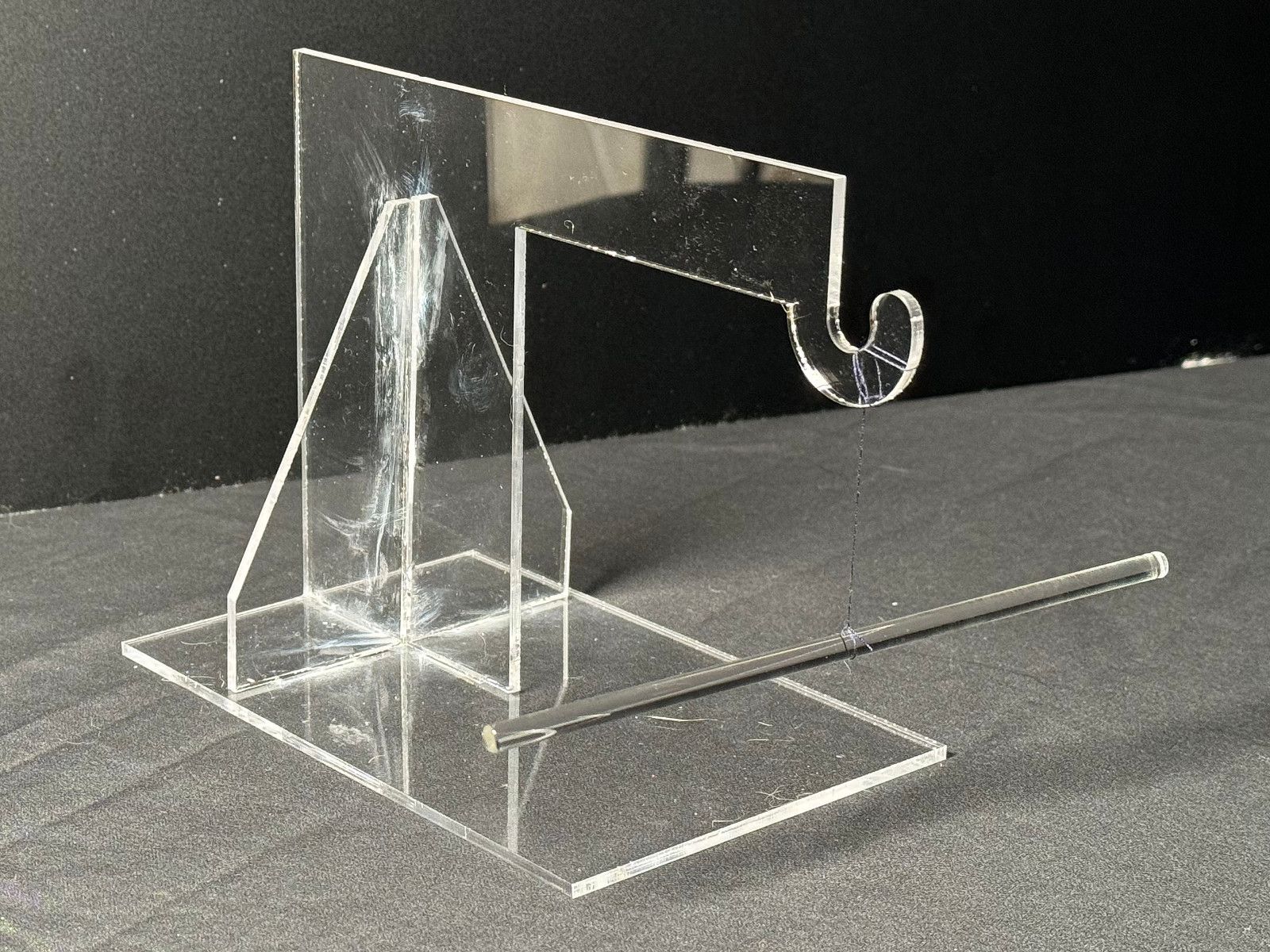
Figure 2:Left- CAD Model of rod stand | Right- Assembled rod stand
As a control, we start by bringing the two glass rods near each other. As expected, nothing particularly interesting happens.
Figure 3: Glass rods don't normally interact
For the first part of our demonstration, we rub both glass rods with silk.
Figure 4: Glass rods being rubbed with silk
After rubbing them, we again bring them near each other. Surprisingly, we find that the rod in our hand repels the other rod! By following along with the rotating rod, we can actually get it to spin pretty fast.
Figure 5: After rubbing glass rods with silk, they repel each other.
During the 1700's, steam engines, advanced metallurgy, and mass manufacturing methods began to revolutionize society. Careful observations of physics led to deep and reliable models for designing new machinery. Though this rubbing phenomena was well known as far back as 600 BC (Greek philosopher Thales rubbed amber with silk to attract small objects), the idea of being able to move objects around without even touching them was very compelling for scientists.
American philosopher Benjamin Franklin observed this rubbing behavior and theorized that by rubbing the glass rods with the silk, an invisible fluid was transferred from the silk onto the glass during the rubbing. He called the glass positive as his theory predicted that the silk deposited some kind invisible electrical fluid onto the rod. He also theorized that this electrical fluid repels itself so that when both rods are rubbed with silk, they also repel each other.
For the second part of our demonstration, we rub one of the glass rods with fur.
Figure 6: Glass rod being rubbed with fur
After rubbing with fur, we bring the two rods close together and observe the hanging rod is attracted to the rod in our hand. This is the opposite behavior from when both rods had been rubbed with silk!
Figure 7: If one rod is rubbed with silk and the other with fur, they attract each other.
Here, we might theorize that the invisible electrical fluid was transferred from the rod to the fur so that the fur rubbed rod has a deficiency of electrical fluid. We call this negative. Perhaps as the extra electrical fluid on the silk rubbed rod is repelling itself, it is attracted to the lack of electrical fluid on the fur rubbed rod because the fluid has a tendency to transfer and equalize between two objects.
If we rub both rods with fur, we once again find that they repel.
We therefore conclude that if two objects both have excess or deficient electrical fluids they repel each other while if one object has excess and the second object is deficient, they attract. Benjamin Franklin called this fluid charge and defined glass rubbed with silk as positive and glass rubbed with fur as negative.
Finally, we test what happens if we've rubbed only one of the rods with a material while leaving the other neutral. We first bring the rods back to neutral by rubbing them together until we find that they once again do not influence each other when brought close together. We can depict this neutral condition (where both rods have the same amount of fluid) by the below diagram.
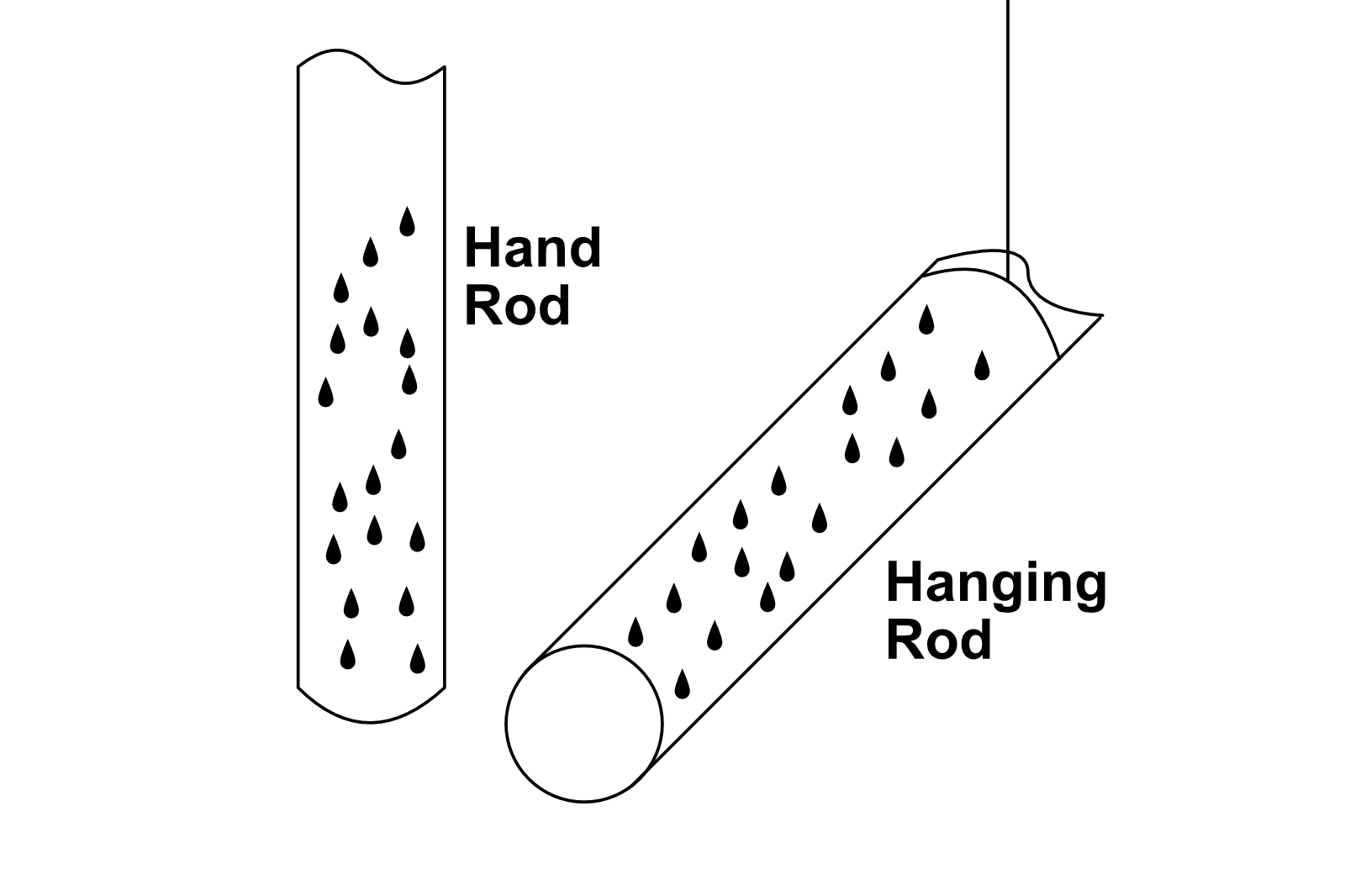
We rub the rod in our hand with silk and observe that the two rods attract! We might theorize that the excess fluid on the positively charged rod in our hand has repelled the fluid on the hanging rod to the backside, which causes the front side of the hanging rod be negative so that the hanging rod is attracted to the rod in our hand.
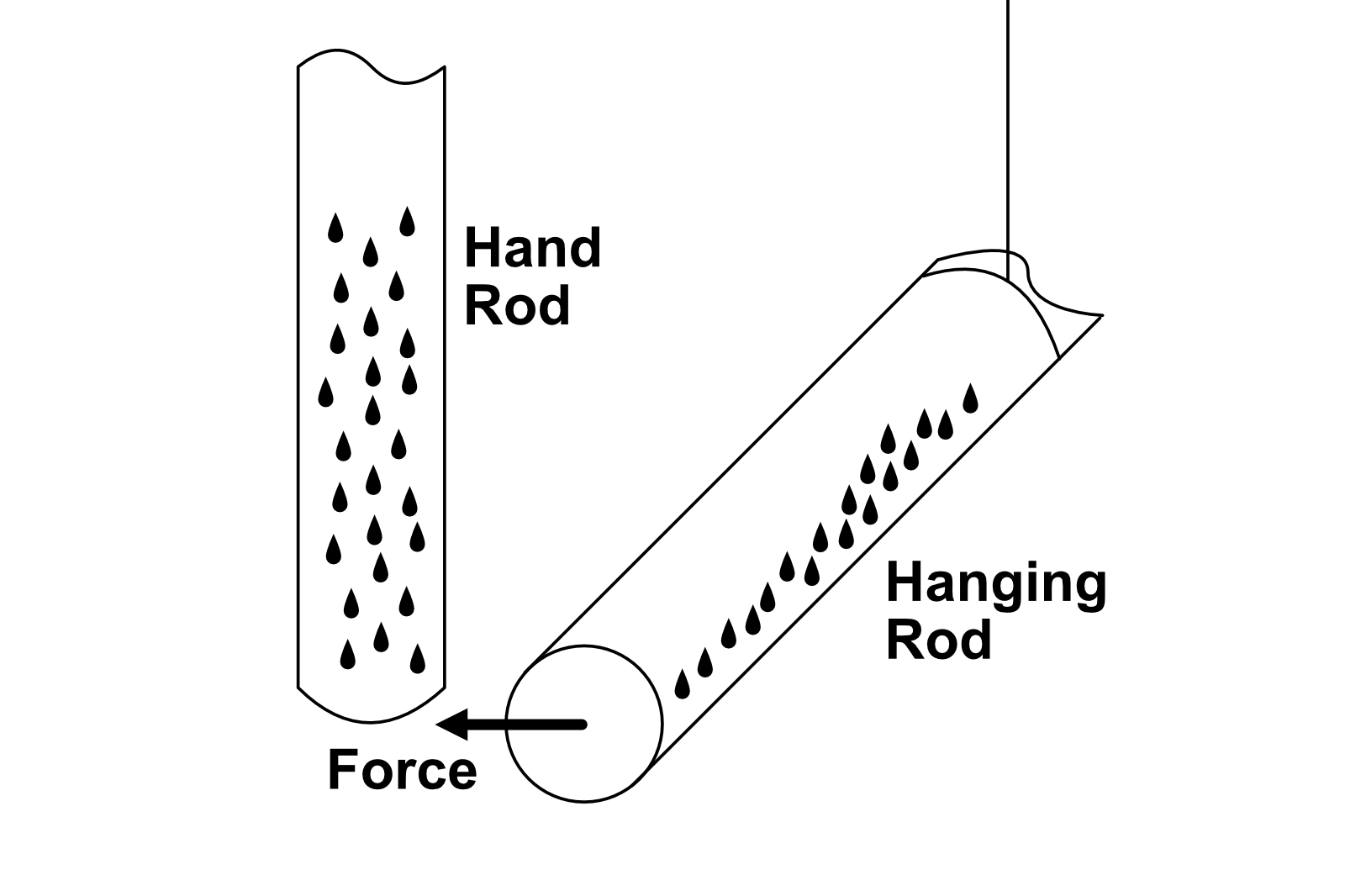
We now rub the rod in our hand with fur, bring it near the hanging rod and observe that they still attract! We might theorize that the negatively charged rod in our hand has attracted the fluid on the hanging rod to the front side, which causes the front side to be positive so that the hanging rod is attracted to the rod in our hand.
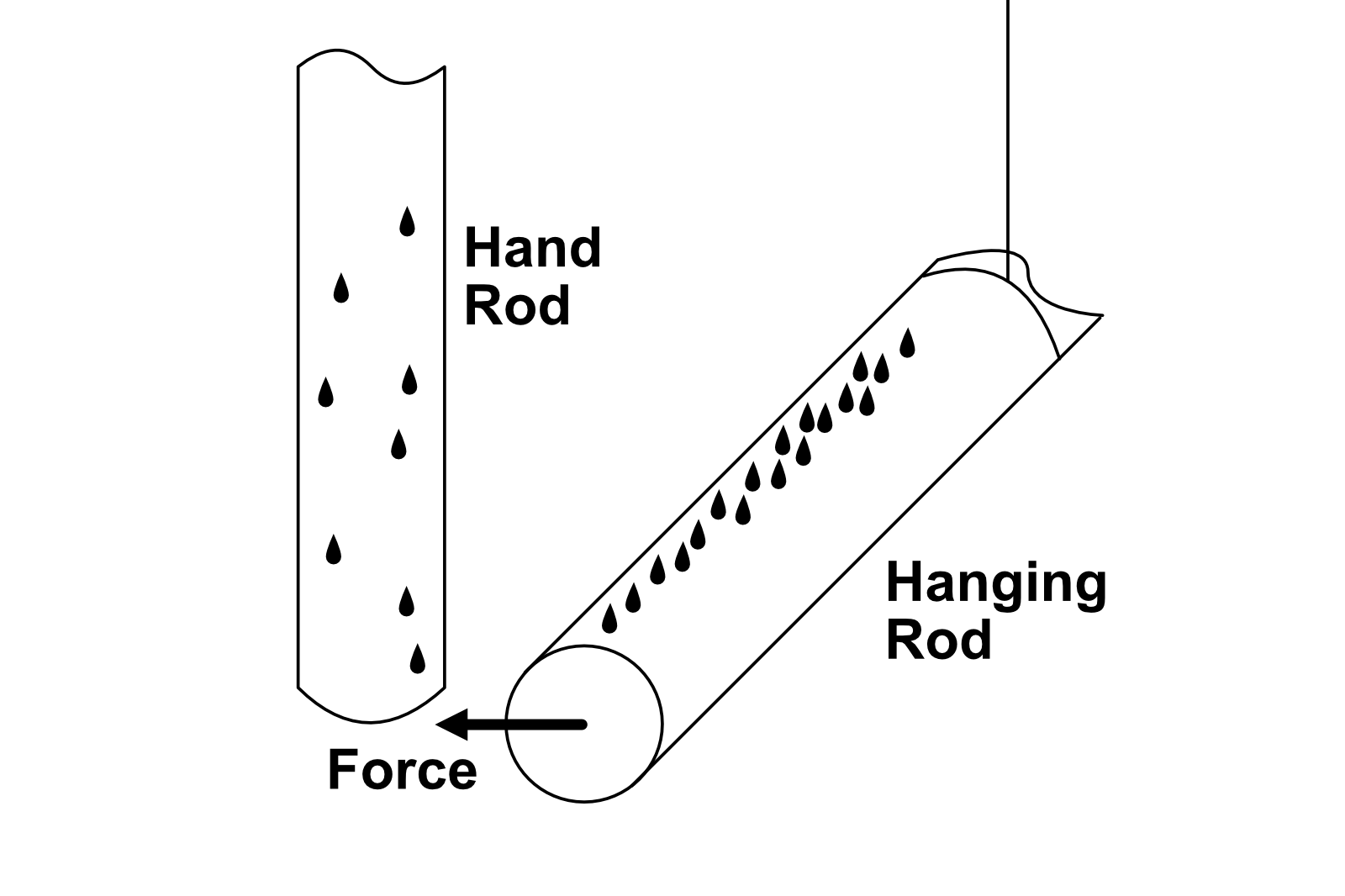
Below is a table of the results for our demonstration:
| Hanging Rod Rubbed Material | Held Rod Rubbed Material | Effect |
|---|---|---|
| None | None | No Interaction |
| Silk | Silk | Repel |
| Silk | Fur | Attract |
| Fur | Fur | Repel |
| None | Fur | Attract |
| None | Silk | Attract |
The below diagrams show Franklin's electrical fluid theory for several different situations:

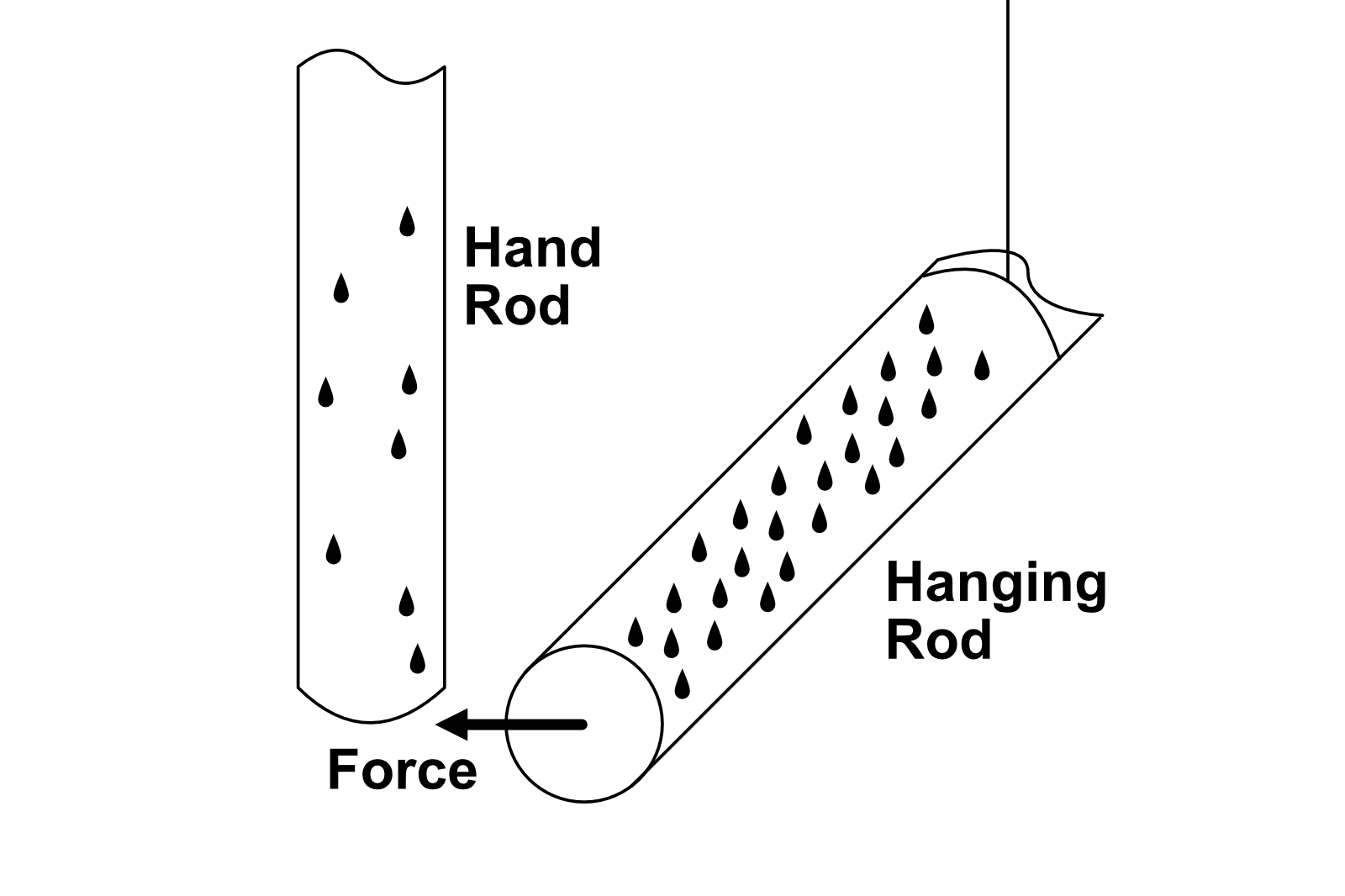
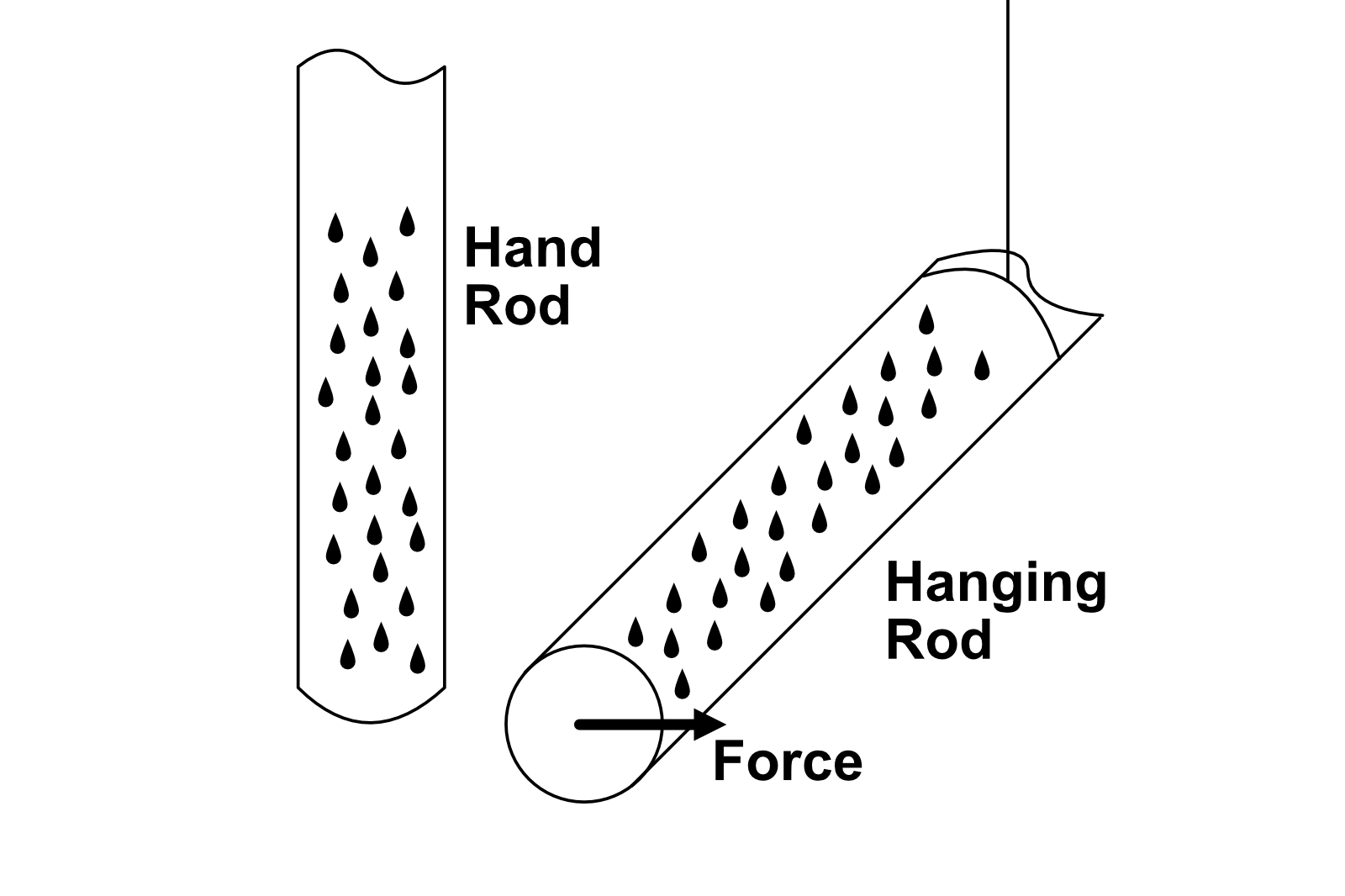
Figure 12:Left- Hand negative, hanging positive. Because the hand rod has a deficiency of electrical fluid, the hanging rod with excess electrical fluid is attracted to it. | Right- Hand positive, hanging positive. Because the hand rod and the hanging rod have an excess of electrical fluid, the hanging rod is repelled from the hand rod
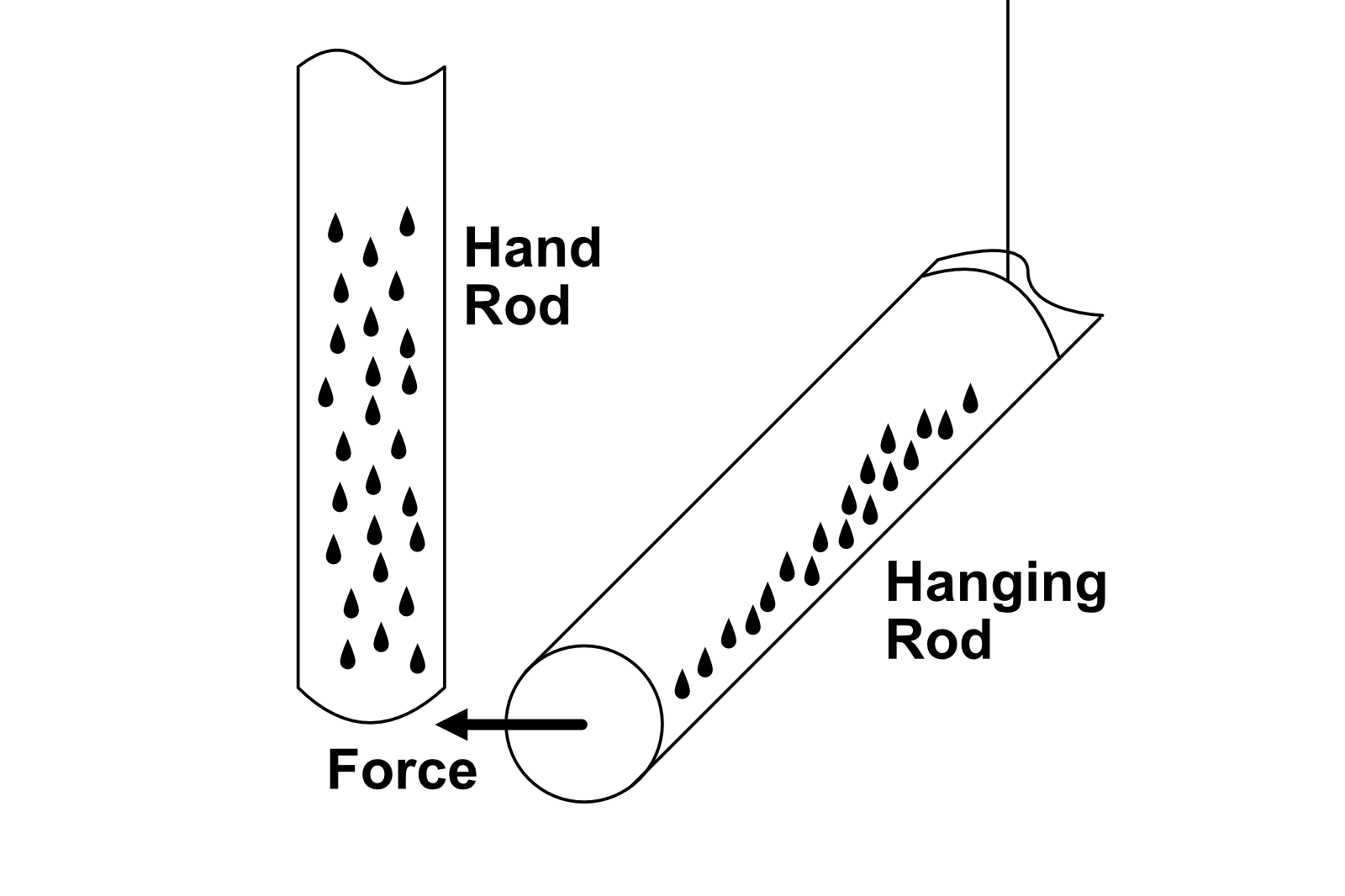
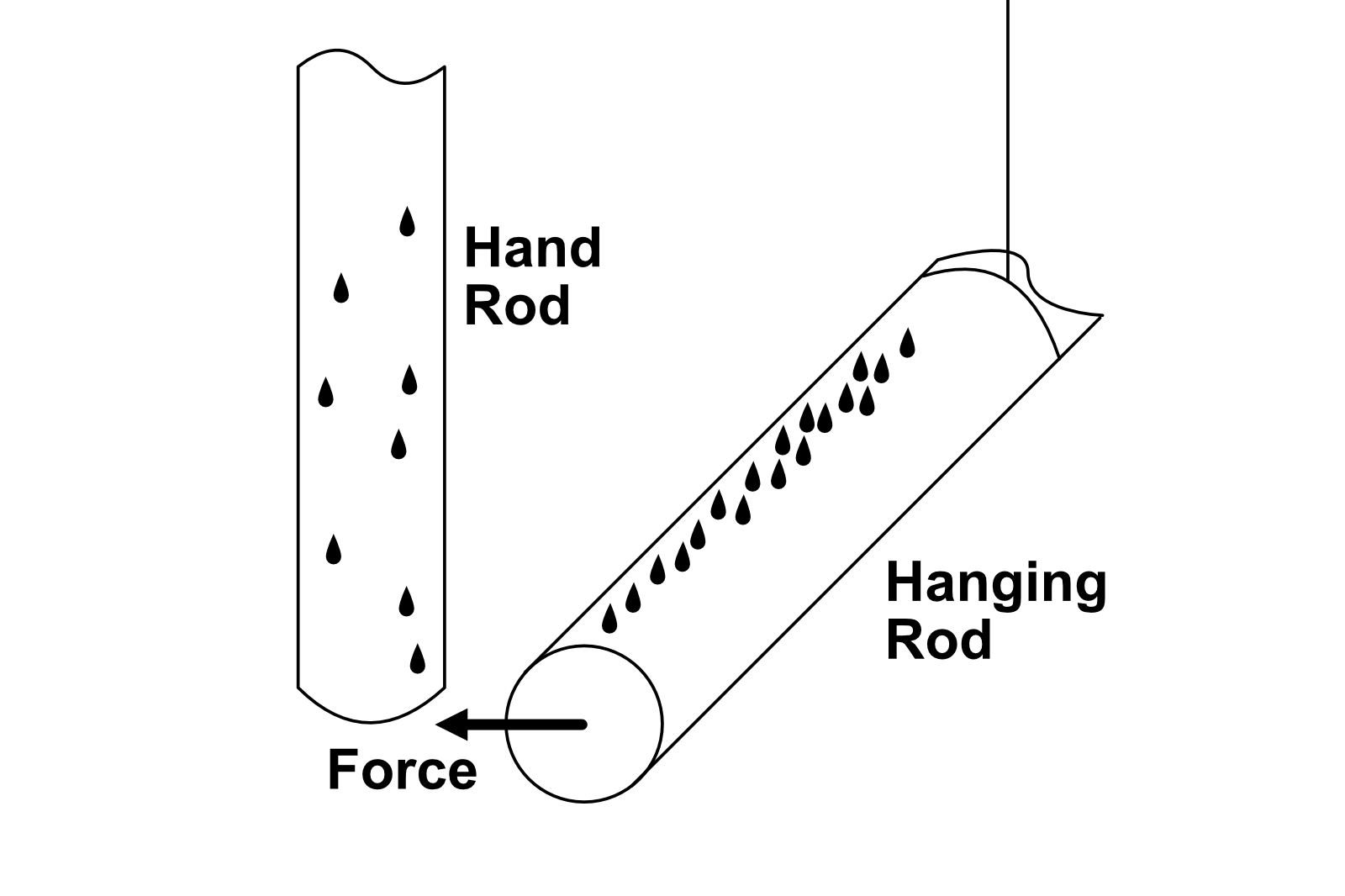
Figure 13: Left- Hand Positive, hanging neutral. Because the hand rod has excess fluid and the hanging rod is neutral, the fluid is pushed to the backside of the hanging rod, causing the front side to attract to the hand rod | Right- Hand negative, hanging neutral. Because the hand rod has a deficiency of electrical fluid and the hanging rod is neutral, the fluid is pulled to the front side of the hanging rod, causing the front side to attract to the hand rod.
Some Comments On Accuracy
In this article we demonstrated how glass rods repel and attract when rubbed with different materials and interpreted the results through the lens of Benjamin Franklin's theories. I've intentionally presented electrostatics in this context to help build an intuition for the electrical phenomena.
Though observing phenomena through the lens of historical figures helps us to sympathize with their journey many of these theories are deficient. For example, we now know that the 'invisible fluid' Franklin described are electrons and that when rubbed with silk, the glass rod actually loses electrons rather than gaining them.
As we continue into more advanced experiments, our theories for the underlying behavior of electrostatics will become more correct. Franklin's electrical fluid theory should not be applied to modern contexts.
